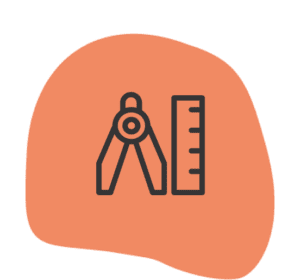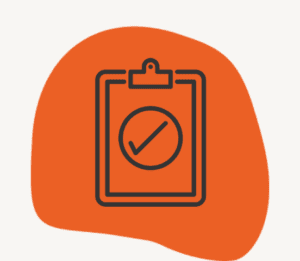Everyone knows decarbonising is necessary, but the gap between that and knowing how to do it is so vast the conversation usually just…. goes away to a corner and dies.
Well this one should bring it back to life.
If you want to move the conversation on it’s actually quite simple.
It’s not about ‘speaking the language of finance’ as many sustainability leaders will tell you.
It’s about understanding exactly what interventions need to be made, and what results those will have.
That means being able to stand up and say “If we do X, then we will achieve Y”.
Once you’ve got that kind of evidence, it’s a lot easier for conversations about risks and opportunities to take place and, if you can manage those effectively with a CFO, then the budget – if you even need it – will usually follow.
So how do you get to to that X = Y equation?!
Understand what’s driving your data.
Remember that age old maths class mantra: Always show your working out.
That’s exactly true for getting the conversation unstuck when it comes to decarbonisation.
And being able to show your working out starts with measurement – all evidence does.
When you understand what’s driving your data, you start to bring value to every conversation.
Let’s break that down.
When it comes to measurement – you want the detail.
You don’t want to be working with assumptions or averages.
Why?
Because while assumptions and averages might be good at the “big picture” – like they can tell you that for an exhibition international travel is likely a much bigger slice of the footprint than catering – they stop short at the “how to act” level.
Assumptions and averages = good to see the hotspots.
To actually reduce those emissions (not just report them) you need to know the detail of what’s actually happening – the actual inputs and activities driving these hotspots.
Activity data = details = insights.
Let’s look at travel ✈️
It’s the area most lamented by organisers as ‘outside our control’.
Which is true, if you’re working off averages and assumptions.
Here’s an example:
If you know that 80% of attendees are international, you can assume that they’ll fly, and you can calculate emissions for a bunch of long-haul flights.
With that, you’ll get high level insights like ‘flights cause most emissions’
But we already know that.
Instead, if you are measuring and getting the details, you can answer questions that actually matter, like:
- Is most of that travel by short-haul flights that could be replaced by rail?
- Is it first class long-haul, where the emissions per seat treble?
- Are certain audience groups or routes dominating the footprint?
With answers to those questions you can identify what the trends are, and you can intervene effectively.
With assumptions, you risk setting generic targets or blanket policies like “reduce travel emissions” that don’t translate into specific, impactful actions.
With detail, you can strategically intervene with targets like “shift 30% of European delegates to rail within 3 years”.
Case study
Most travel advice is vague and just ends up with advice like “travel more sustainably”.
Our recent work with one client helped uncover that 50% of flights came from the UK for their European event.
With that insight that client is better placed to intervene meaningfully. Instead of encouraging everyone to travel differently, they can work with a select group to change the event footprint.
For example – the UK has great rail connections into Europe. By working strategically with just 10% of the UK audience to shift their mode from plane to train, then next year this client would see around 5% reductions on travel emissions.
That’s a pretty impressive number for an industry that claims it can’t do anything about travel.
Detail is how you take the conversation forward
Whatever role you’re in, it’s the detail that turns a stuck conversation into a forward-moving one.
From:
“We need to do something”
to:
“If we do X, then we will achieve Y”.
The real trick is turning whatever X is into value for your attendees. Because if they can see the value, the rest will fall into place.
If you want your own insights to move conversations forward, book a call with my team, because TRACE is designed to give you credible insights so you can take credible action.
This article was originally posted as a LinkedIn article by Anna Abdelnoor.

Our latest news













